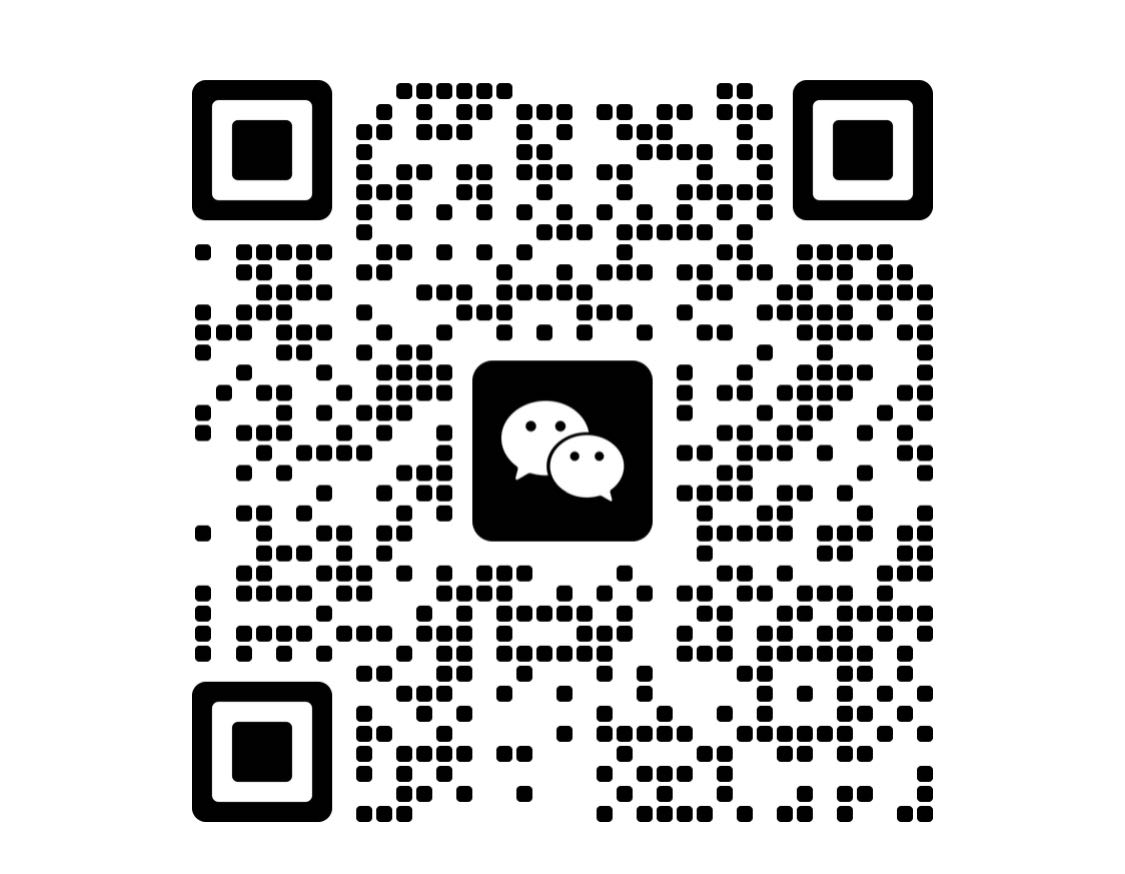BLOG
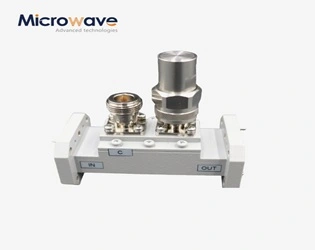
May 30, 2025
Understanding the distinctions between directional couplers and power dividers in waveguide systems is crucial for engineers designing high-frequency communication networks, radar systems, and satellite applications. Both components serve essential roles in signal distribution and measurement, yet they operate on fundamentally different principles and serve distinct purposes. A waveguide coupler, particularly the directional type, provides selective coupling with inherent isolation between ports, while power dividers focus on equal signal distribution without directional sensitivity. This comprehensive analysis explores their operational characteristics, design considerations, and practical applications to help engineers make informed decisions for their specific microwave system requirements.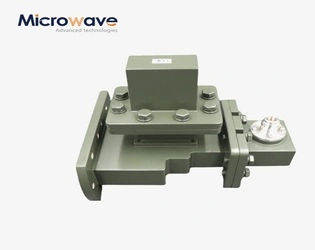
How does an E-plane tee differ from other types of T-junctions in waveguide technology?
May 30, 2025
In the complex world of microwave engineering and waveguide technology, understanding the fundamental differences between various T-junction configurations is crucial for optimal system design. An E-Plane Tee represents a specialized waveguide component that distinguishes itself through its unique geometric configuration and electromagnetic characteristics. Unlike H-plane tees or magic tees, the E-Plane Tee features its auxiliary arm junction positioned on the broad wall of the main waveguide, creating distinct field patterns and operational characteristics. This configuration results in specific phase relationships and power distribution properties that make it particularly valuable in applications requiring precise signal splitting and combining. The E-Plane Tee's design enables it to handle high-frequency signals with minimal insertion loss while maintaining excellent impedance matching, making it an essential component in satellite communications, radar systems, and aerospace applications where signal integrity is paramount.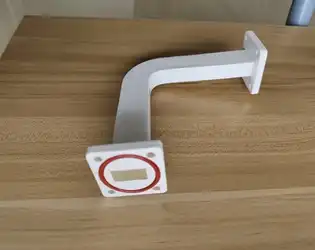
How to calculate the minimum bend radius for an H-bend waveguide to avoid excessive signal loss?
May 30, 2025
In microwave engineering, determining the optimal bend radius for waveguides h bend components represents a critical design consideration that directly impacts system performance and signal integrity. The calculation of minimum bend radius involves understanding the relationship between electromagnetic field distribution, waveguide geometry, and propagation characteristics within curved sections. This comprehensive analysis explores the theoretical foundations, practical methodologies, and industry standards that govern H-bend waveguide design, ensuring engineers can implement solutions that minimize insertion loss while maintaining excellent VSWR characteristics across operational frequency ranges. The minimum bend radius for waveguides h bend configurations depends on several key parameters including operating frequency, waveguide dimensions, material properties, and acceptable loss thresholds. Generally, the minimum bend radius should be at least 2-3 times the waveguide's broad dimension to prevent excessive mode conversion and maintain single-mode propagation. Advanced Microwave Technologies Co., Ltd. incorporates these principles into their precision-engineered H-bend solutions, offering configurations from WR10 through WR430 with insertion loss specifications of ≤ 0.03 dB/cm and VSWR ≤ 1.1, ensuring optimal performance across frequencies up to 110 GHz.
May 29, 2025
The double-ridged horn antenna represents a significant advancement in broadband antenna technology, addressing the growing demand for wideband frequency coverage in modern communication systems. This sophisticated antenna design incorporates metallic ridges within the horn structure to achieve exceptional performance across extended frequency ranges while maintaining consistent impedance characteristics. The structural innovation of the double-ridged horn antenna lies in its ability to overcome the bandwidth limitations of conventional horn antennas through precise ridge geometry and optimized electromagnetic field distribution. Advanced Microwave Technologies manufactures high-quality double-ridged horn antennas that deliver superior performance for EMI testing, surveillance equipment, and antenna measurement applications, covering frequencies from 0.2GHz to 40GHz with remarkable efficiency and reliability.
May 29, 2025
Understanding the distinctions between fixed and variable waveguide attenuators is crucial for engineers and system designers working with high-frequency microwave applications. These essential components serve different purposes in signal management, each offering unique advantages depending on the specific requirements of your system. Fixed waveguide attenuators provide consistent, predetermined attenuation levels with exceptional stability and reliability, while variable waveguide attenuators offer adjustable attenuation control for dynamic signal management. The choice between these two types significantly impacts system performance, cost-effectiveness, and operational flexibility across various applications including satellite communications, radar systems, and advanced microwave testing environments.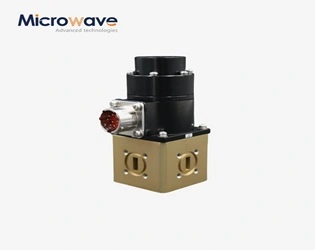
How does waveguide switch differ from RF switches in other transmission lines?
May 29, 2025
The fundamental differences between waveguide switches and RF switches in other transmission lines stem from their operational principles, power handling capabilities, and frequency performance characteristics. A waveguide switch operates through electromagnetic wave propagation within enclosed metallic structures, offering superior power handling and lower insertion loss compared to coaxial or microstrip-based RF switches. These sophisticated devices utilize controlled electromagnetic field manipulation within rectangular or circular waveguide structures, enabling precise signal routing with minimal distortion. The waveguide switch architecture inherently provides better isolation between ports and enhanced thermal management, making it ideal for high-power microwave applications where traditional transmission line switches would fail..webp)
May 29, 2025
Waveguide terminations play a crucial role in microwave and RF systems by absorbing electromagnetic energy without causing reflections that could compromise system performance. Understanding the fundamental differences between resistive, reactive, and ferrite-based waveguide termination designs is essential for engineers selecting the optimal solution for their specific applications. Each type employs distinct physical principles and materials to achieve signal absorption, resulting in varying performance characteristics, power handling capabilities, and frequency responses that make them suitable for different operational requirements. Resistive waveguide termination systems utilize resistive materials to convert electromagnetic energy into heat through ohmic losses. These terminations typically incorporate carbon-loaded absorbing materials or resistive films strategically positioned within the waveguide structure to create a gradual impedance transition from the characteristic impedance of the waveguide to free space. Reactive terminations, conversely, employ reactive elements such as capacitive or inductive components to create impedance matching networks that absorb energy through controlled reflections and cancellations. Ferrite-based waveguide termination solutions leverage the magnetic properties of ferrite materials, which exhibit high magnetic permeability and controlled losses at microwave frequencies, enabling efficient energy absorption through magnetic domain interactions and spin resonance phenomena.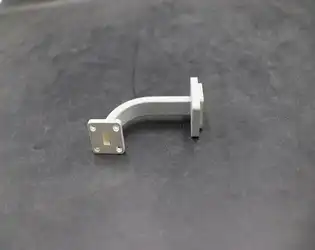
How do bend radius, waveguide dimensions, and frequency affect signal loss in E bend waveguides?
May 29, 2025
E bend waveguides represent a critical component in modern microwave and millimeter-wave systems, where understanding the relationship between physical parameters and signal integrity becomes paramount for optimal system performance. The interplay between bend radius, waveguide dimensions, and operating frequency directly influences transmission loss characteristics, making these factors essential considerations in high-frequency applications ranging from satellite communications to advanced radar systems. E bend waveguides facilitate signal routing through 90-degree turns while maintaining electromagnetic field continuity, yet their performance heavily depends on geometric optimization and frequency-dependent propagation characteristics. When improperly designed, these components can introduce significant insertion loss, reflection, and mode conversion, ultimately degrading overall system efficiency and potentially causing mission-critical failures in aerospace and defense applications.
